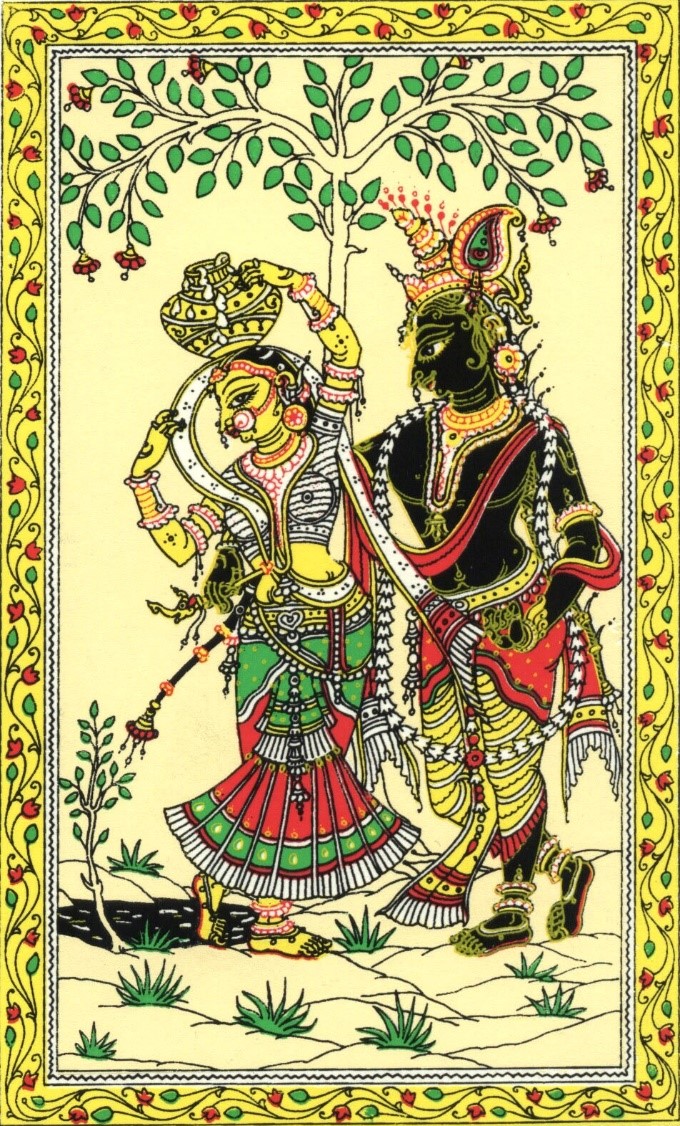





Disclaimer: Copyright infringement not intended.
Context
Patachitra
Etymology:
Odisha Pattachitra:
Origin:
Themes and Style:
Technique:
Conclusion:
|
PRACTICE QUESTION Q. Describe the significance of Pattachitra as a traditional art form, highlighting its cultural, religious, and artistic aspects. |










© 2025 iasgyan. All right reserved